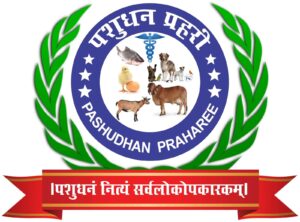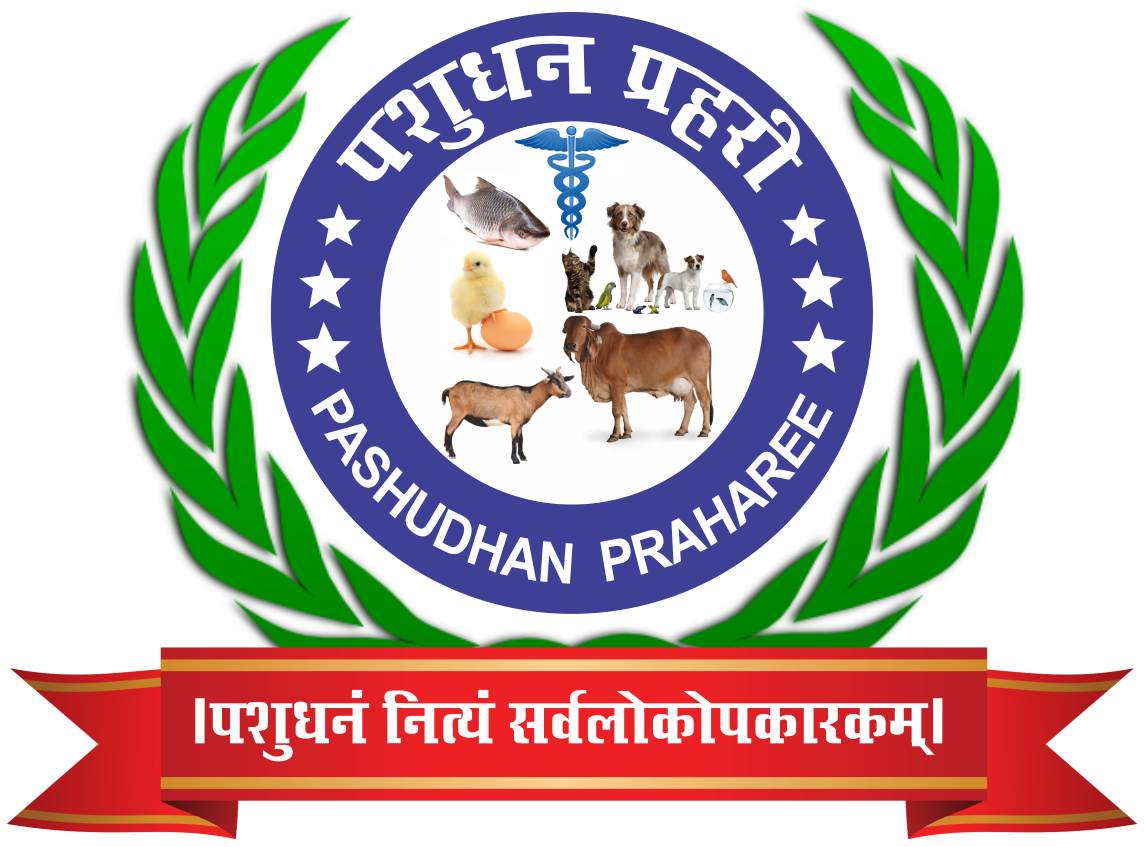Lumpy Skin Disease in Cattle: Epidemiology, Diagnosis, Treatment and Control
Ishta Agnihotri1, Narayani Yadav2 and Mamta Mishra3
3MVSc Scholar, Division of Veterinary Epidemiology, College of Veterinary Sciences and Animal Husbandry, DUVASU, Mathura
2PhD Scholar, Division of Veterinary Medicine, ICAR-IVRI, Izatnagar, Bareilly
1PhD Scholar, Division of Veterinary Surgery, ICAR-IVRI, Izatnagar, Bareilly
Corresponding author’s email: mamtamishra652@gmail.com
Introduction
Lumpy Skin Disease (LSD) is an emerging trans-boundary disease in India. It is a viral infection of cattle caused by Capripox virus. Originally found in the regions of Africa but has spread to countries like Middle East, Asia and Eastern Europe. In Indian states like Assam, Odisha, Maharashtra, Kerala, Karnataka, Chhattisgarh, Madhya Pradesh, Andhra Pradesh, etc. experienced recent outbreaks of LSD with a serious impact on the economy. It is considered as an infectious, eruptive and occasionally fatal disease of cattle. The most distinctive signs to be found are the widespread, firm, painful nodules of the skin and other mucosal surfaces.
Aetiology
Capripox genus comes within Poxviridae family, it has ovoid shaped complex structure, double stranded DNA virus whose ends are covalently linked to form hairpin structure. Inverted Terminal Repeat Sequences (ITR) a non-essential gene present at the end of the region involved in the virulence.
Epidemiology
LSD virus appears epidemically & sporadically. New foci of infection appear in areas of far removed from the previous outbreak. Highest incidence observed in wet summer weather, but can be present in winters (low prevalence). Morbidity 5%-50%, Mortality is low. Method of transmission is unclear & if vector involved it is unknown but in some cases it has been identified that the vector is involved due to the transmission of the virus to large distances.
Clinical Signs
The animal develops fever, nasal discharge, hypersalivation & lacrimation with a follow up condition of eruptions on skin & other mucosal surfaces where the nodules are well circumscribed, slightly raised, firm, round & painful. This leads to reduced milk yield, rejection & reduced value of skin & hide & loss of condition.
Diagnosis
Diagnosis is being done on the basis of:
- Histology
- Viral isolation
- Polymerase chain reaction (PCR)
- Dot blot hybridization (DBH)
- Indirect enzyme-linked immunosorbent assay (iELISA)
Treatment
No registered treatment for virus is present, although symptomatic treatment can be given to the animal which includes NSAIDS & antibiotics(topical +/- injectables) to protect from secondary infection.
Prevention
Prevention involve four tactics: movement control (quarantine), vaccination, slaughter campaigns and management strategies that varies from nation to nation. Vaccination is considered as the most effective means of control which is live homologous containing a Neethling-like strain of LSD virus.
https://www.fao.org/3/i7330e/i7330e.pdf



